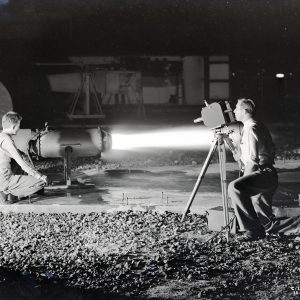
1947 Lewis Inspection
The first Inspection at the Cleveland laboratory, held in October 1947, emphasized issues pertaining to post-war development of the turbojet engine.
The first Inspection at the Cleveland laboratory, held in October 1947, emphasized issues pertaining to post-war development of the turbojet engine.
The Flight Propulsion Research Laboratory hosted its first Inspection on October 8 to 10, 1947. The NACA created the Cleveland laboratory during World War II to study and improve aircraft engines. Initially, the lab concentrated on the piston engines, which powered contemporary military aircraft, but as the war progressed it began investigating turbojet engines. The laboratory reorganized after the war to concentrate nearly all of its efforts on the jet engine and high-speed flight. Technology advanced rapidly after the war, and the U.S. Army conducted the first supersonic flight days after the 1947 Inspection.
The 1947 Inspection highlighted different aspects of the laboratory’s engine work, including compressor, turbine, fuels, high-altitude combustion, and materials research. The Inspection also featured the laboratory’s Altitude Wind Tunnel—the nation’s only facility for operating full-scale jet engines in simulated altitude conditions. The lab demonstrated its flight research capabilities with an Administration Building flyby of a P-61 Black Widow aircraft with an operating ramjet engine underneath its wing. The Inspection also included an early view of the lab’s rocket engine work, complete with firings of small rocket engines in the new Rocket Lab test cells.
Over 1000 aviation experts attended the event. The aircraft manufacturers attended the first day, the military the second day, and local industry and political leaders the third. Jesse Hall managed all preparations. The lab also began the tradition of holding an open house for employees and their families the Sunday following the event. The 1947 Inspection is also notable for the presence of the NACA’s new director of Aeronautical Research, Hugh Dryden. Dryden had recently replaced the ailing George Lewis.
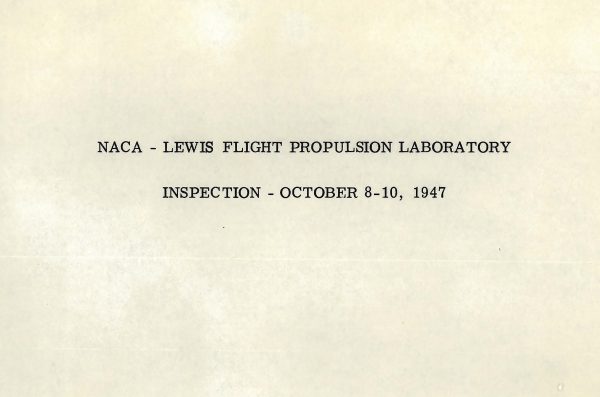

The first Inspection at the Cleveland laboratory, held in October 1947, emphasized issues pertaining to post-war development of the turbojet engine.
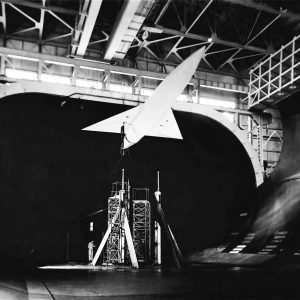
The July 1948 Inspection at the Ames Laboratory highlighted the facility’s new wind tunnels and work on heat transfer and aircraft control systems.
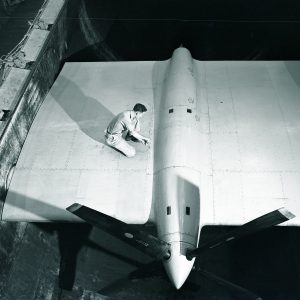
During the September 1948 Inspection, the NACA renamed its Cleveland laboratory in honor of the recently deceased George W. Lewis.
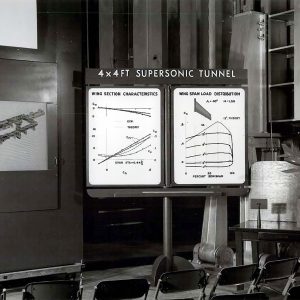
Langley’s biennial Inspection in May 1949 featured its recent work in high-speed aerodynamics, particularly in the transonic stage.
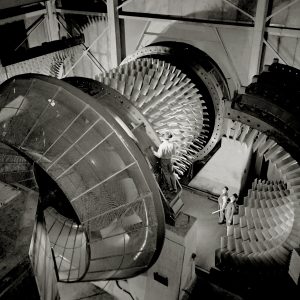
At the September 1949 Inspection, the NACA unveiled Lewis’ recently completed 8-by 6-Foot Supersonic Wind Tunnel and a new style of presenting the technical information in a more understandable manner.
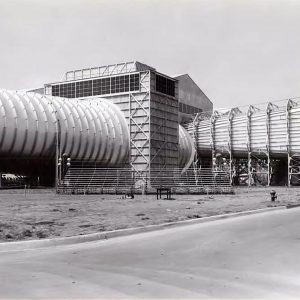
The July 1950 biennial Inspection at the Ames Laboratory’s took place shortly after the onset of the Korean War and signaled the beginning of the NACA’s transition into missile and rocket research.
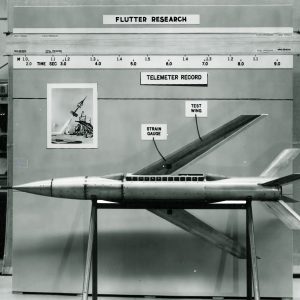
Langley’s 1951 biennial Inspection addressed tools necessary for transonic research and efforts to transition from manual data computations to mechanical and digital computers.
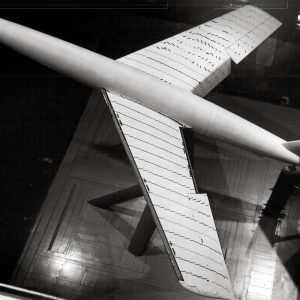
Increasing Cold War security concerns led to a reduction of technical information on display during the July 1952 Inspection at Ames.
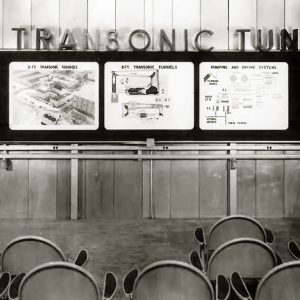
The Langley Laboratory featured its helicopter research during the biennial Inspection in May 1953.
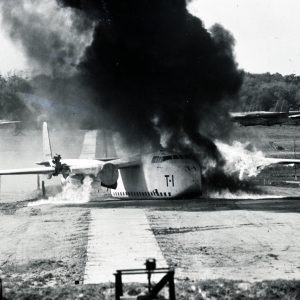
The Lewis Laboratory’s June 1954 Inspection emphasized the NACA’s role in the Cold War, while demonstrating the new Propulsion Systems Laboratory and its growing rocket research.
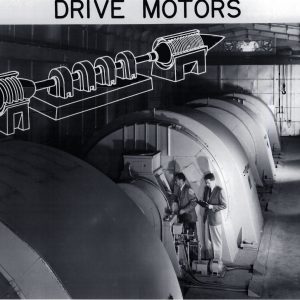
The talks at the June 1955 Inspection of the Ames Laboratory revealed that the more advanced aircraft of the future required the same type of NACA research as previous generations.
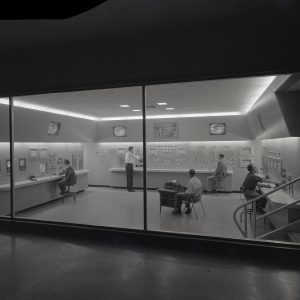
The May 1956 Inspection was dedicated entirely to the Lewis Laboratory’s new Unitary Plan Tunnel (the 10- by 10-Foot Supersonic Wind Tunnel).
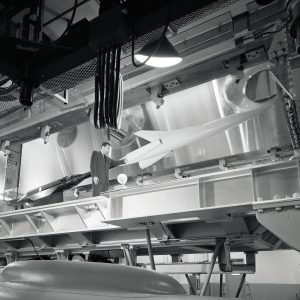
The October 1957 Inspection at the Lewis Laboratory ushered the NACA into the space age and signaled the beginning of the end for the agency.
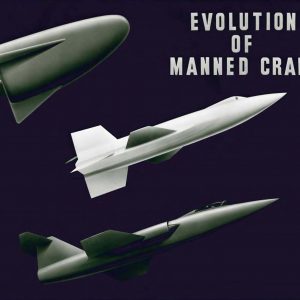
The July 1958 Inspection at Ames was both the laboratory’s final Inspection and the final Inspection of the NACA era.
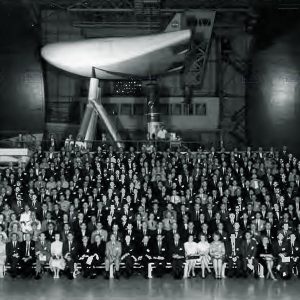
NASA’s first Inspection, held at Langley in May 1964, emphasized the role the former NACA labs were playing in the new Office of Advanced Research and Technology (OART).
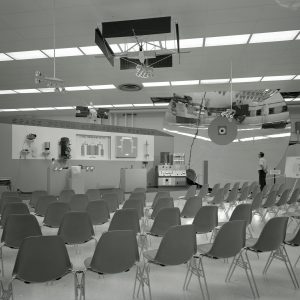
Lewis Research Center held an Inspection in October 1966 to mark its 25th anniversary and demonstrate both its space research and resurgent aeropropulsion work.
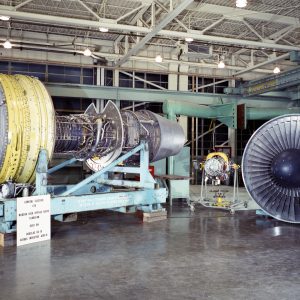
NASA’s final Inspection, held at Lewis in September 1973, sought to demonstrate a wide variety a civilian applications for NASA technology.